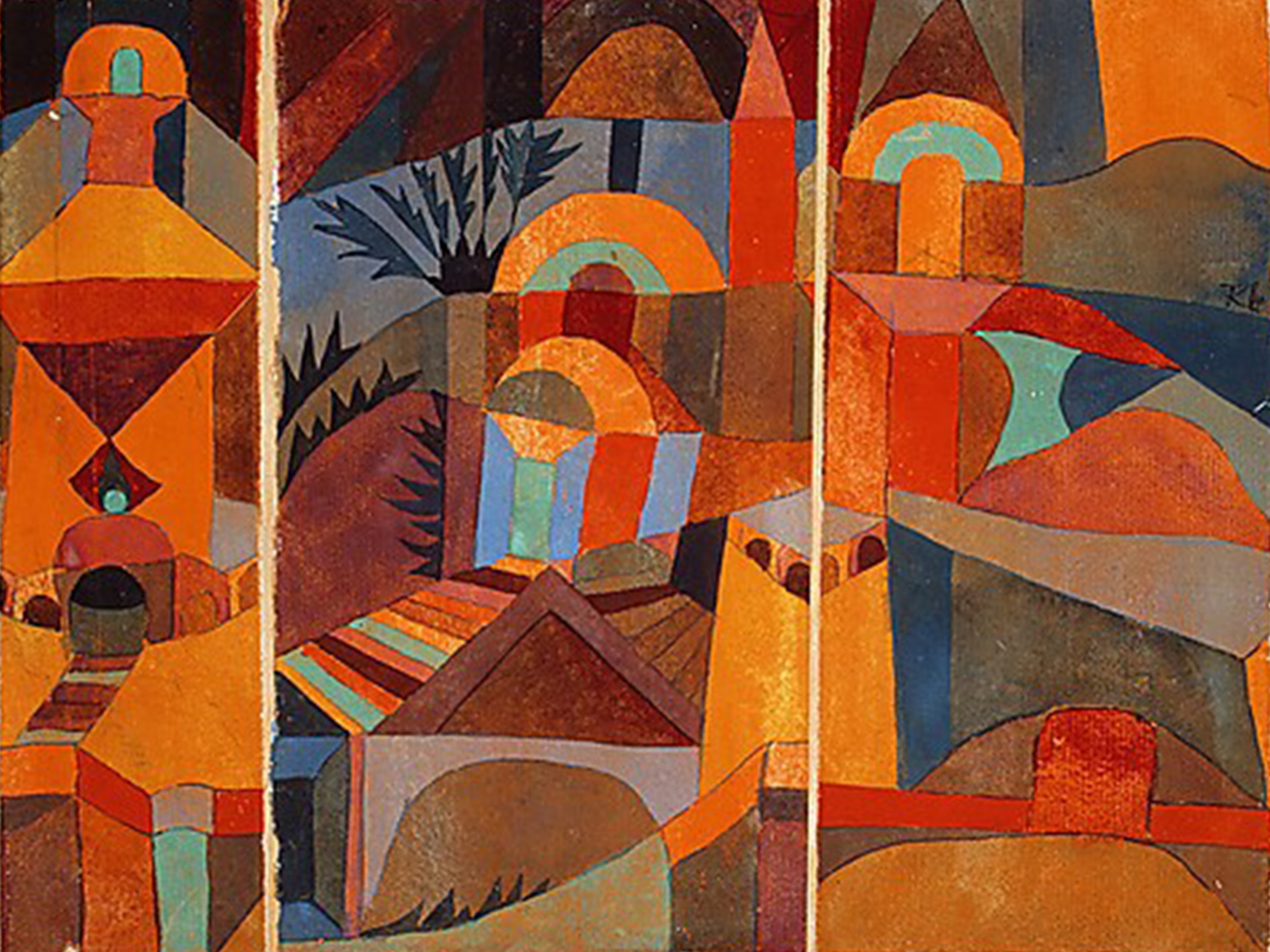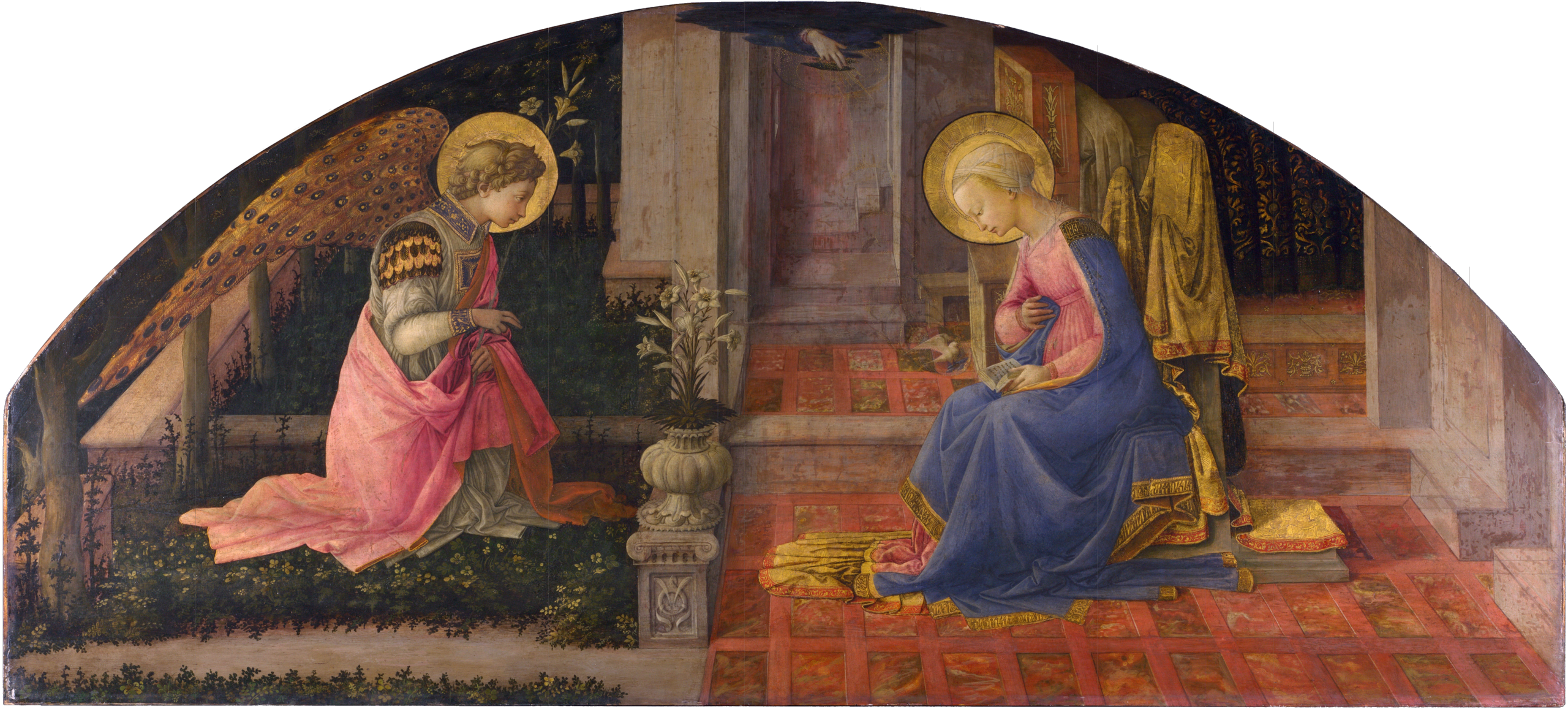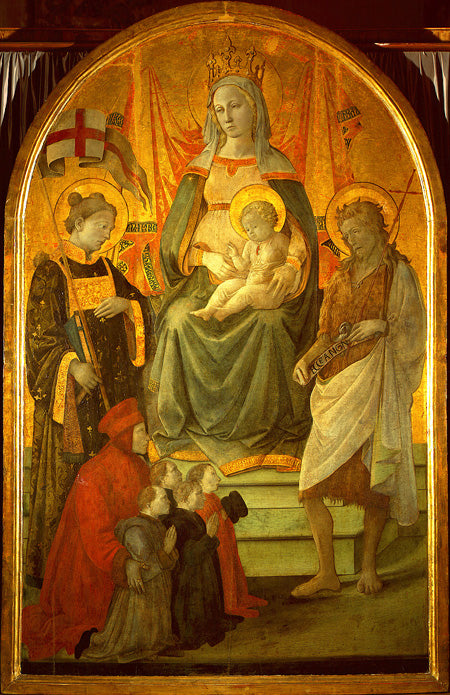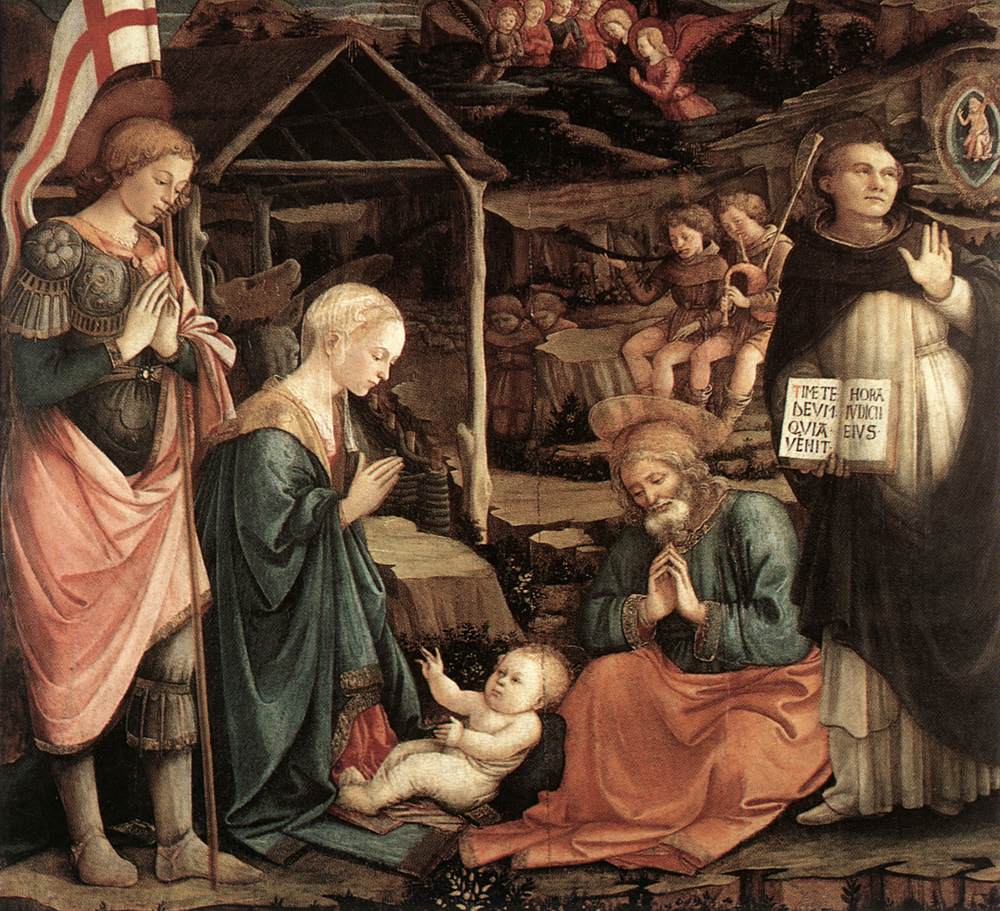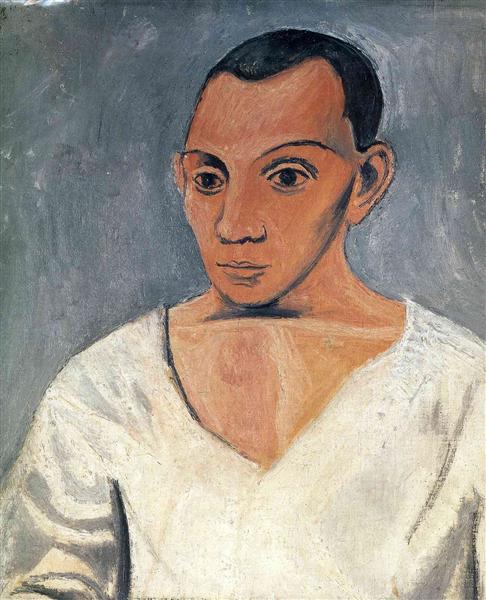Vendor:Pablo Picasso
From $389.99 USD
Vendor:Paul Klee
From $589.99 USD
Vendor:Fra Filippo Lippi
From $889.99 USD
Vendor:Pablo Picasso
From $289.99 USD
Vendor:Pablo Picasso
From $389.99 USD
Vendor:Pablo Picasso
From $389.99 USD
Vendor:Pablo Picasso
From $389.99 USD

Looking for something unique?
Commission your own masterpiece – Contact us today.
Vendor:Pablo Picasso
From $289.99 USD
Vendor:Henri Matisse
From $389.99 USD
Vendor:Fra Filippo Lippi
From $889.99 USD
Vendor:Fra Filippo Lippi
Annunciation (Filippo Lippi, London)
From $789.99 USD
Vendor:Fra Filippo Lippi
From $789.99 USD
Vendor:Fra Filippo Lippi
From $889.99 USD
Vendor:Fra Filippo Lippi
From $689.99 USD
Vendor:Fra Filippo Lippi
From $389.99 USD
Vendor:Fra Filippo Lippi
Madonna of Palazzo Medici-Riccardi
From $589.99 USD
Vendor:Fra Filippo Lippi
From $889.99 USD
Vendor:Fra Filippo Lippi
Triptych of the Madonna of Humility with Saints
From $1,789.99 USD
Vendor:Fra Filippo Lippi
From $889.99 USD
Vendor:Fra Filippo Lippi
From $889.99 USD
Vendor:Fra Filippo Lippi
From $1,089.99 USD
Vendor:Fra Filippo Lippi
Adoration of the Christ Child – Prato Version
From $889.99 USD
Vendor:Fra Filippo Lippi
Adoration of the Christ Child – Filippo Lippi
From $889.99 USD
Vendor:Pablo Picasso
From $289.99 USD
Vendor:Pablo Picasso
From $289.99 USD
Vendor:Pablo Picasso
From $189.99 USD
Vendor:Pablo Picasso
From $159.99 USD
Vendor:Pablo Picasso
From $159.99 USD
Vendor:Pablo Picasso
From $289.99 USD
Vendor:Pablo Picasso
Female nude with her arms raised
From $189.99 USD
Vendor:Pablo Picasso
From $289.99 USD
Vendor:Pablo Picasso
From $189.99 USD
Vendor:Pablo Picasso
Composition with skull (study)
From $289.99 USD
Vendor:Pablo Picasso
From $189.99 USD
Vendor:Pablo Picasso
From $189.99 USD

